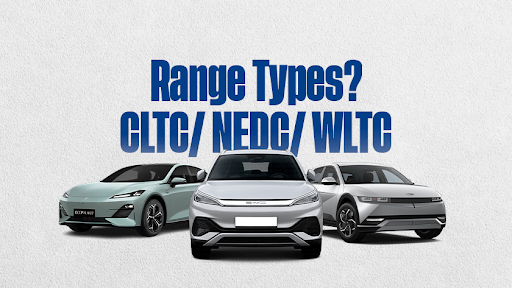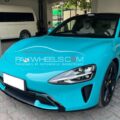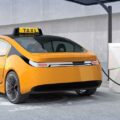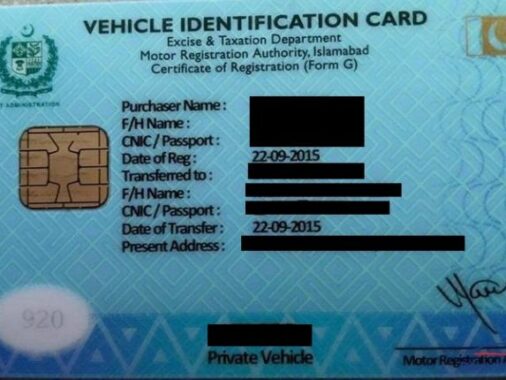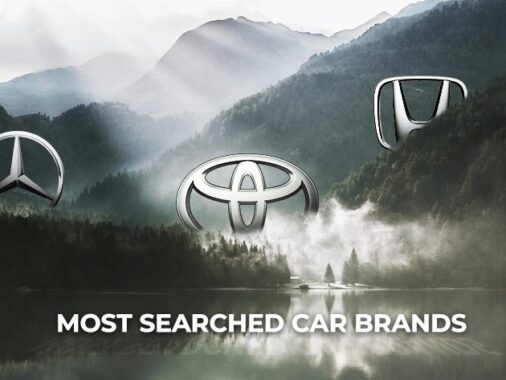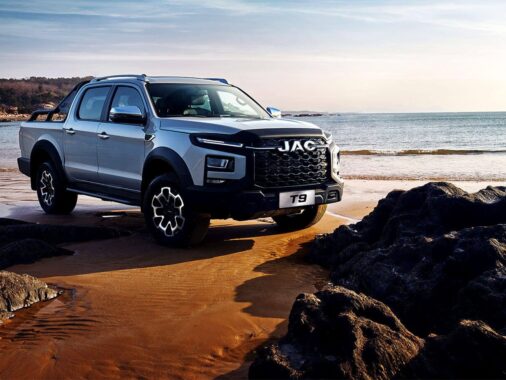When shopping for a new electric vehicle (EV), one of the most important factors to consider is its range. However, as you compare models, you’ll often come across terms like WLTP, CLTC, or NEDC associated with range estimates.
These terms can be confusing at first glance, as they refer to different testing standards that produce varying range numbers for the same car. Understanding what these standards mean and how they relate to real-world driving conditions is crucial to making an informed decision.
In this guide, we’ll break down these standards to help you choose an EV that suits your needs, especially in Pakistan.
| Aspect | NEDC | WLTP | CLTC |
| Primary Region | Europe (Historical) | Global Standard (Adopted by EU and other regions) | China |
| Introduction | 1980s–1990s | 2017 (EU), phased globally | ~2021–2022 in China |
| Cycle Duration | ~20 minutes | ~30 minutes | ~30 minutes (varies) |
| Speed Range | Up to ~120 km/h | Up to ~97.4 km/h | Dynamic, but reflects lower average speeds in congested areas |
| Driving Profile | Simplistic, stepwise speed increases | More realistic with varied accelerations/decelerations | Emphasizes urban stop-and-go + moderate suburban speeds |
| Real-World Accuracy | Relatively poor (underestimates consumption/emissions) | Improved accuracy, narrower gap vs. real-world driving | Similar or better than WLTP for China’s driving conditions |
| Focus | Homogenous European conditions (outdated) | Global harmonization | Chinese urban/suburban traffic patterns |
NEDC (New European Driving Cycle)
NEDC was a standardized test, but unlike other standards that are only made for EV cars, NEDC is also used to measure the fuel consumption of ICE cars as well as EV cars. This standard was initially developed in the 1980s and officially accepted by the EU in the early 90’s.
The duration of this test was 20 minutes in two segments, one with lower speed and frequent stops and the other one with highway driving with moderate speeds. However, NEDC is heavily criticized because this standard gives a range that is closer to laboratory tests than an accurate real-life range. Real driving involves more aggressive acceleration, more significant speed variability, and additional auxiliary loads (e.g., air conditioning) that the NEDC cycle does not capture well.
PakWheels’ Test
For example, take Deepal L07; the company claims 540 km of range in the brochure, which is NEDC standard. But, when Pakwheels tested it on the motorway from Lahore to Islamabad, it only gave back 357 km of range, which is just enough to get you to Islamabad’s toll plaza.
Moreover, the test was conducted at a cruise speed of 120 km/h in Eco mode, optimized for battery efficiency. Using other modes, such as Sport, would likely have resulted in an even shorter range.
Today, NEDC is mainly replaced with WLTP, which is closer to the real-life range.
WLTP (Worldwide Harmonized Light Vehicles Test Procedure)
After the Volkswagen scandal in 2015, the EU decided to introduce a new test standard for vehicles, and it was named “WLTP.” This standard tells better about real-life range than NEDC, and on paper, WLTP’s range is generally 20% lower than NEDC’s range.
The test of WLTP is about 30 minutes long (compared to ~20 minutes for NEDC), with four distinct phases representing different speed ranges:
- Low
- Medium
- High
- Extra-high
Moreover, unlike NEDC, different WLTP test cycles are applied depending on the power-to-weight ratio and max speed capability of the vehicle.
The test profile of WLTP is close to real-life driving, like tighter speed changes, high speeds, and more variability in acceleration that mimics how a regular person drives.
CLTC (China Light-Duty Vehicle Test Cycle)
CLTC was created by Chinese regulatory bodies to reflect typical driving conditions and traffic patterns in China’s rapidly expanding urban and suburban areas. It’s roughly the same length as the WLTP but is designed to capture the frequent stops, starts, and slow-moving traffic common in many Chinese cities. The idea is that if regulations reflect the local driving conditions, the results will be more relevant to everyday commuters.
Here’s the test structure:
- Similar in overall test length to WLTP, but the speed and acceleration profiles are tailored to observed Chinese driving data.
- The cycle emphasizes frequent stops, starts, and moderate-speed cruising, typically in congested Chinese urban areas.
- More frequent stop-and-go segments.
- Lower average speeds relative to some WLTP phases reflect denser traffic conditions.
Which is the Best Standard for Pakistan?
For buying a new EV in Pakistan, the WLTP (Worldwide Harmonized Light Vehicle Test Procedure) is the most suitable standard to consider, as it gives a balanced assessment of real-world driving conditions, including urban, suburban, and highway scenarios. Given Pakistan’s congested city traffic and open highways, WLTP’s global relevance and realistic testing make it the best benchmark. Avoid relying on the outdated NEDC standard, as it overestimates range and does not reflect modern driving conditions.
Conclusion
Each testing method reflects its origin’s priorities: NEDC is historical and generalized, WLTP is globally harmonized and modernized, and CLTC is customized for China’s dense urban settings. For buyers, WLTP generally offers the closest approximation to the real-world EV range, whereas CLTC provides insights specific to Chinese driving environments.

